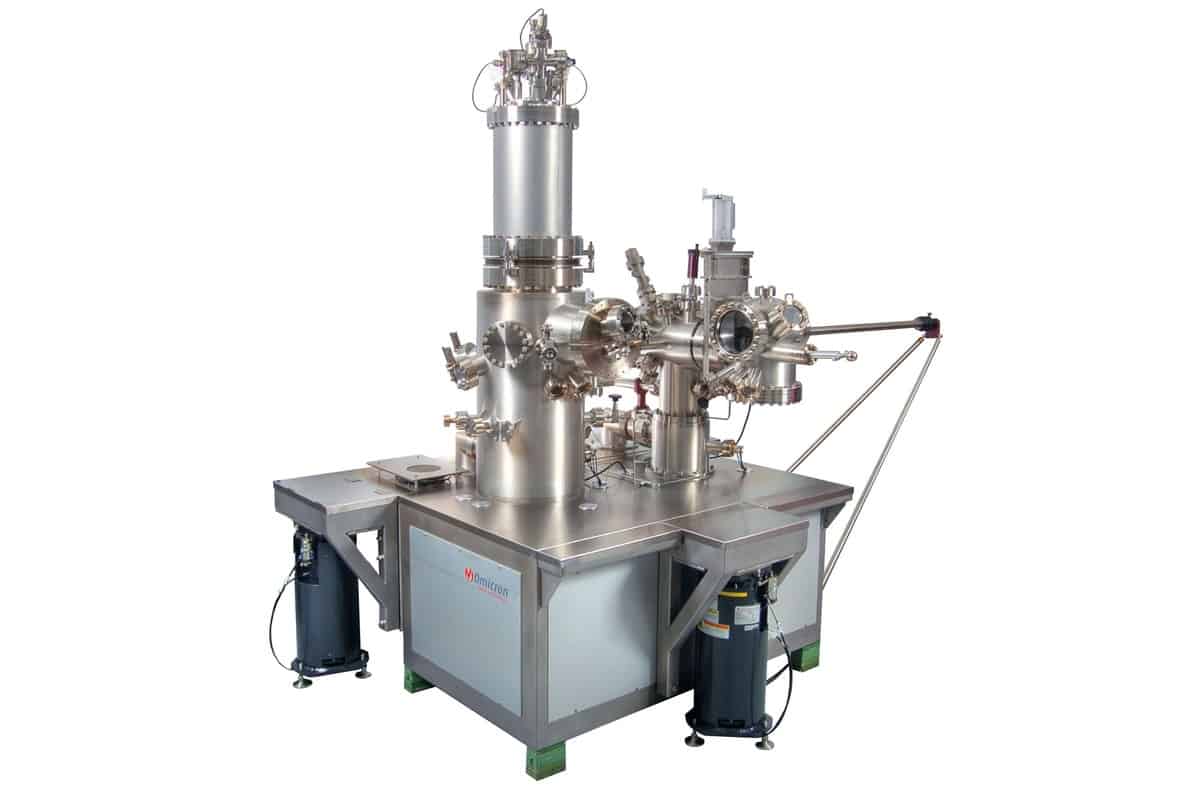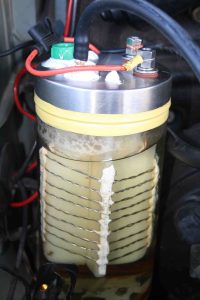Hydrogen Generation
Hydrogen generation and Water electrolysis technology is a process by which electricity splits water molecules into their two components, hydrogen and oxygen. As a result, this process generates hydrogen gas in a controlled manner, an alternative fuel source. Hydrogen added to the fuel stream of combustion engines, such as cars, reduces pollution and improves fuel efficiency. In addition to use in combustion engines, hydrogen gas powers fuel cells, which can generate electrical energy from the reaction of hydrogen and oxygen.
The advantages of using water electrolysis technology to generate hydrogen gas as a fuel source include its high energy efficiency, low emissions, and affordability. The process also has the potential to produce large amounts of hydrogen, making it a viable replacement for other fossil fuels. In addition, water electrolysis is a renewable energy source, as the electricity used to split the water molecules comes from renewable sources like wind, solar, and hydropower. Hydrogen energy is an attractive option for reducing emissions and improving air quality. Consequently, there are many designs using water electrolysis technology used in hydrogen generation and added to the fuel stream of combustion engines.
Hydrogen Generation Patents
European patent Publication, 30 June 1982. This invention relates to hydrogen generation.
Hydrogen Generator, US Patent 1975. The hydrogen generator is composed of a voltaic cell having a reactive magnesium electrode and a non-reactive electrode. To generate, the electrodes are immersed in the salt-water electrolytic bath, and a load is connected between the electrodes causing a current flow in the cell. As a result, an electrochemical reaction occurs in which the magnesium decomposes to produce hydrogen.
Plasmatron Fuel Reformer Development and Internal Combustion Engine Vehicle Applications by L. Bromberg MIT Plasma Science and Fusion Center Cambridge.
Plasmatron Fuel Reformer Development and Internal Combustion Engine Vehicle Applications by L. Bromberg, D.R. Cohn1, K. Hadidi, J.B. Heywood and A. Rabinovich, August 31, 2005. Supported by the Department of Energy, Office of Freedom Car and Vehicle Technologies.
Stanley Meyer: Water Fuel Cell – Eye-witness accounts suggest that US inventor Stanley Meyer developed an electric cell that splits ordinary tap water into hydrogen and oxygen with far less energy than a normal electrolytic cell. The demonstration produced far more hydrogen and oxygen mixture than simple electrolysis could have expected. Also In attendance: Pro Michael Laughton, Dean of Engineering at Mary College, London. Admiral Sir Anthony Griffin, a former controller of the British Navy, and Dr. Keith Hindley, a UK research chemist. Meyer’s cell, developed at the inventor’s home in Grove City, Ohio,


